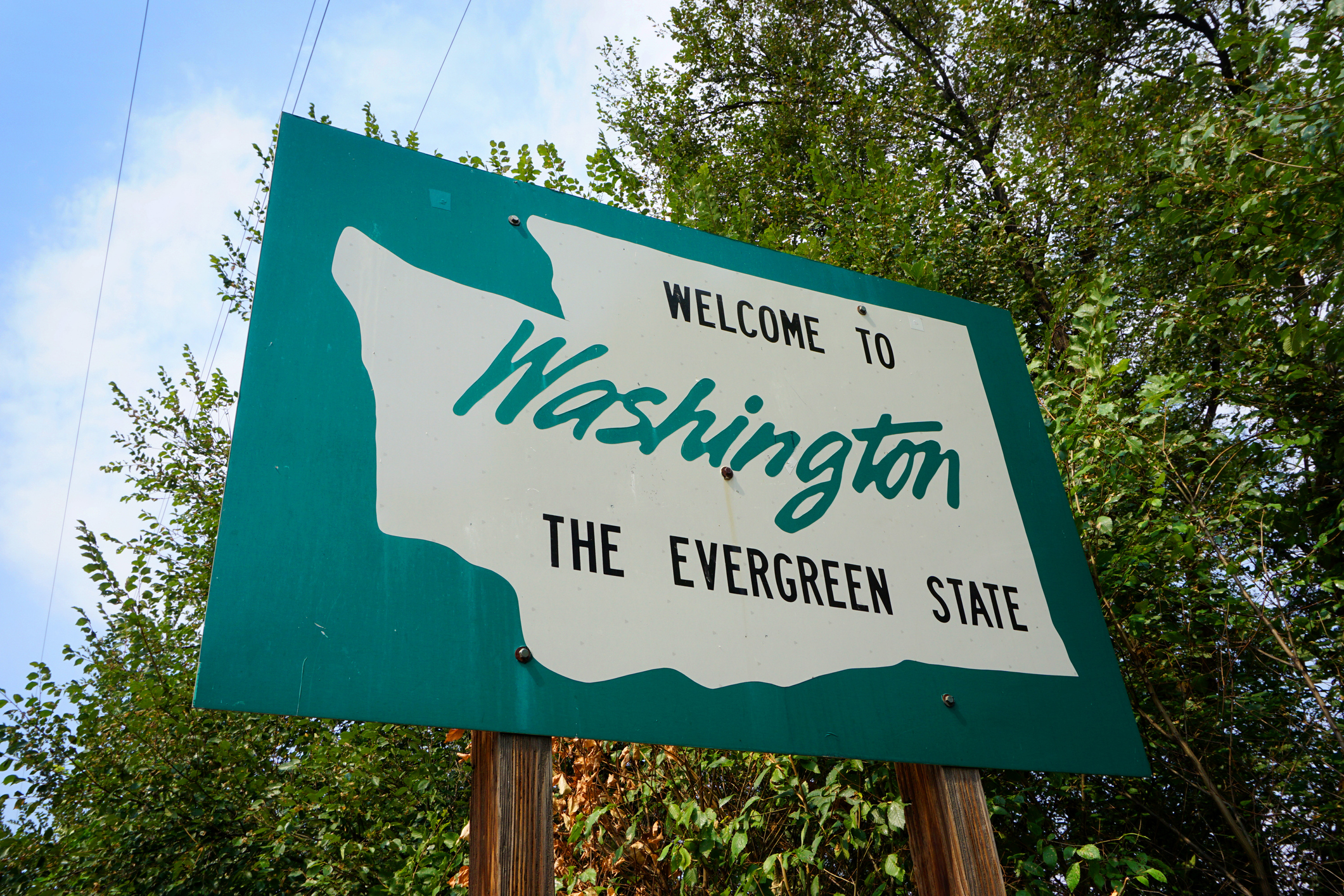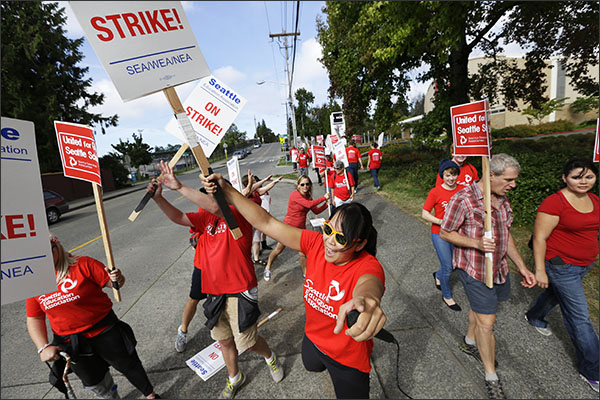Organized labor was dealt a major blow last week when 74% of Boeing workers in South Carolina voted against unionizing. It was the second failed effort for labor executives hoping to unionize workers in the airplane manufacturer’s North Charleston plant.
South Carolina’s Boeing workers are the latest to reject unionization efforts in the South—in 2014 workers at a Volkswagen plant in Tennessee voted against unionizing, and in 2011 workers at R.J. Reynolds Tobacco in North Carolina said no thanks to unions for the third time in six years.
The Boeing setback for unions came on the heels of two states, Kentucky and Missouri, passing right-to-work laws in quick succession last month. Now 28 states boast right-to-work laws, with six of those happening just since 2012. Not a great start for unions in 2017.
To be fair, unions did enjoy one success last week when New Hampshire lawmakers narrowly rejected a right-to-work law for that state. That said, this small victory could prove to be short-lived as unions face challenges from multiple fronts.
Two Congressmen have introduced the National Right-to-Work Act (H.R. 785), which would free workers from being forced to pay union dues or “agency fees” as a condition of employment. The bill would essentially make right-to-work the national standard, ending forced unionism in 22 states. Earlier versions of a national right-to-work bill have been introduced in previous years, but gained little traction. Given the Republican control of both houses of Congress, combined with the pro right-to-work stance of both President Trump and Vice President Mike Pence, labor executives admit a national effort could now become a serious threat to forced unionism.
The fact is many lawmakers at the state and federal level feel emboldened by voters who sent a strong message favoring right-to-work in the 2016 election.
Despite threats by union executives that supporting right-to-work would be political suicide, not one Wisconsin legislator who voted for right-to-work lost. In fact, Republicans gained seats in that state. In Missouri, every legislator who voted for a 2015 right-to-work bill (which was vetoed by then Governor Jay Nixon) won their bid for reelection last year. Current Missouri Gov. Eric Greitens campaigned on a promise to support right-to-work. Kentucky Gov. Matt Bevin similarly made right-to-work a centerpiece of his campaign.
In West Virginia, which became the 26th right-to-work state in 2016, Republicans gained four seats in the state Senate (although they lost a seat in the state house). Voters returned almost everyone who voted for right-to-work.
These election results mirrored those in 2014, when unions promised to exact “retribution” for the passage of right-to-work laws in Michigan, Ohio (which was later repealed via voter referendum) and Indiana. When the votes were tallied, the governors and lawmakers in those states who voted in favor of right-to-work were reelected.
Considering national polls show overwhelming voter support for right-to-work, these election results should not come as a surprise. Over 80% of Americans agree that "no American should be required to join any private organization, like a labor union, against his will," with 71% of voters saying they would “vote for” a right-to-work law if given the opportunity.
Even when presented with the union’s go-to argument against right-to-work, the so-called "free-rider" problem of non-union workers benefitting when unions negotiate pay and benefit increases with employers, 64% of Americans disagree that workers should "have to join and pay dues to give the union financial support" because "all workers share the gains won by the labor union."
Labor has more to fear than voter sentiment and emboldened lawmakers. President Trump has two vacant seats to fill on the National Labor Relations Board (NLRB), which has become unabashedly pro-union over the past eight years. Appointing two pro-business board members would effectively end the NLRB gravy train union bosses have enjoyed for too long.
Add to that Trump’s nominee for the open seat on the U.S. Supreme Court, and organized labor is right to be concerned. If confirmed, nominee Neil Gorsuch will likely follow Justice Antonin Scalia’s footsteps on judicial issues (Gorsuch has been dubbed a “Scalia acolyte"), which means legal efforts to end forced unionism could finally succeed.
Last year the Court appeared poised to rule 5-4 against forced unionism in the landmark Friedrichs v. California Teachers Association case when Justice Scalia unexpectedly passed away just a month after hearing oral arguments. The Court ended up deadlocked in a 4-4 decision, which has zero precedential value. It simply punted the question of whether it is a violation of the constitutional rights of public employees to be forced to pay union dues or fees for representation they do not want.
Two similar cases are already working toward the U.S. Supreme Court. Currently moving through the courts in Illinois and California, Janus v. AFSCME and Yohn v. California Teachers Association challenge the constitutionality of forcing government employees to pay unions. A ruling in favor of the plaintiffs in either case would essentially make every state right-to-work.
Considering Justice Scalia gave every indication he would have been the 5th vote in favor of the plaintiffs in the Friedrichs case, it isn’t a stretch to predict that a “Scalia acolyte” would follow suit in the Janus or Yohn case.
Looking at 2017 and beyond, unions could be in for a bumpy ride.





